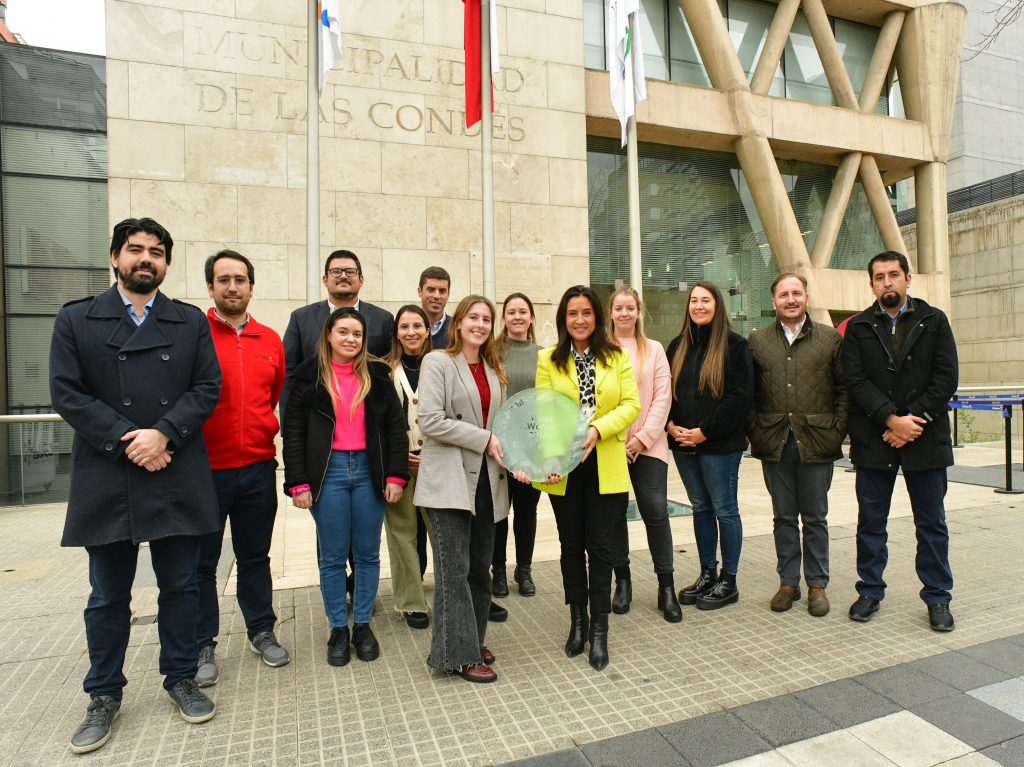Maipú, Chile
Data Transformation and Transparency in Maipú Water Services
Project Type:
Health and Wellbeing, Infrastructure and Utilities, Public Safety

In 2021, Maipú was going through a serious crisis in the drinking water and sewage service: more than 20,000 water leaks flooded its streets that year, affecting the quality of life of more than half a million inhabitants. A neighborhood came to be nicknamed “the Venice of Maipú”, and one resident mentioned that some leaks in her neighborhood had been going on for more than two years.
The Municipal Drinking Water and Sewer Service (SMAPA), the only municipally managed water company in Chile, was struggling with aging infrastructure, inefficiency and limited resources, while public trust in local government was low due to measures taken by the previous administration: bad management and a deficit of $31 billion pesos ($31 million dollars).
In response, since taking office in June 2021, Mayor Tomás Vodanovic has prioritized the management of SMAPA as a cornerstone of his administration’s agenda. It was decided to invest an additional $5 billion ($5 million dollars) for the maintenance of drinking water and sewage networks. However, the key to success was improving tracking and analysis. To save resources, city staff inspected water infrastructure and worked closely with the public safety team. Through mixed patrols between professionals from different areas, the tours were more efficient, since they only needed a mobile phone to travel. They then took this data in the field and created comprehensive dashboards, allowing real-time monitoring and analysis of water and sewer service reports. Today Maipú can better allocate resources and proactively address more problems.

This work was supported by administration support, with a commitment to building a data culture across government. Maipú joined the Digital Transformation Leaders Network, participated in the Bloomberg Philanthropies City Data Alliance, and city leaders are active members of the What Works Cities Certification Community. In each of these networks, Maipú has learned from other cities and has developed a disciplined, consistent and challenging approach to data.
For example, the Urban Advisory Department developed the Maipú Territorial Information System (SITMA), powered by technology with ArcGIS. This platform helps the City optimize resource allocation by breaking down data by neighborhood and provides transparency by allowing residents to monitor projects and report issues.
“We only measure in terms of improving people’s lives. It makes no sense to use graphs, numbers and bars just because of our love of numbers and figures, they must effectively push municipal management to have a greater impact on the people.”
“Teams no longer come with proposals unless they have data. “Hey, I think that’s a good idea” isn’t enough. Now people come with a georeferenced proposal, analyzed or compared with other municipalities. In other words, analysis is already part of the process.”

Transparency and rebuilding public trust have been integral to Maipú’s efforts to improve SMAPA. Management launched a robust communications campaign, using social media, newsletters and community meetings to inform and engage residents. In addition, educational initiatives, such as the Museum of Water, share the history and importance of SMAPA as the only municipal water service in the country.
Maipú’s efforts bore fruit: the City went from 29,000 water leaks in 2021 to less than 2,000 in 2024. Today, Maipú’s innovative approach serves as a model for other cities that want to make their public services reliable for the community. This is a testament to what can be achieved when technology and transparency drive public service.
“The What Works Cities Certification is an important tool for recognition and internal mobilization. It shows that we value the good performance of city workers and is an example for others to follow.”


